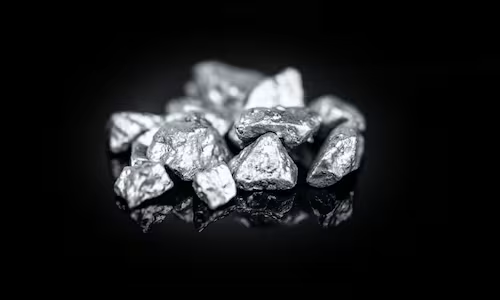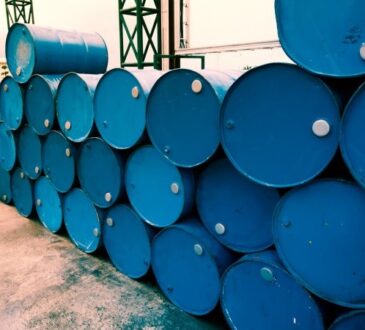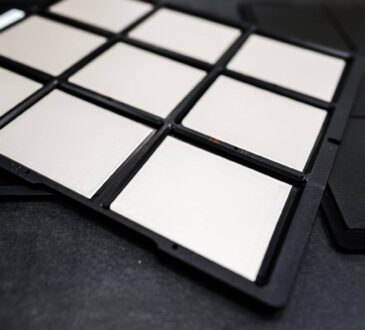
Chintan Haria, Principal – Investment Strategy at ICICI Prudential AMC, said silver’s dual nature as both a precious and industrial metal gives it unique staying power in a volatile commodities market.
“Silver has the twin advantage of being an inflation hedge and also an industrial metal linked to economic growth,” he said.
ICICI Prudential AMC was among the first to launch a Silver Exchange Traded Fund (ETF) in India in early 2022, identifying the growing relevance of the metal as part of a diversified portfolio.
Haria noted that silver has delivered about 30% compounded annual growth over the past three years, reflecting the combined influence of industrial use and investment demand.
Industrial demand remains a key pillar
Silver’s importance has expanded well beyond its ornamental and traditional uses. Haria pointed out that emerging sectors such as electric vehicles, renewable energy, 5G telecommunications, biopharma, and medical technology have become major consumers.
The metal is also widely used in solar panels, mirrors, automobiles, industrial batteries, and manufacturing processes.
The demand-supply gap has been a crucial factor in maintaining price stability.
“Given the demand-supply mismatch of recent years, price resilience may continue,” Haria said. Silver has outperformed inflation in four of the past six years, and this trend may extend through 2025, supported by both industrial demand and investor interest.
Temporary correction seen as part of healthy cycle
ICICI Prudential AMC recently reopened investments in its Silver ETF Fund of Fund (FoF) after a brief suspension earlier this year. The temporary halt, according to Haria, was prompted by a sharp rise in ETF prices caused by a shortage of physical silver in the market.
“The decision was taken to protect investors from potential overvaluation,” he explained.
Following a nearly 20% correction last week and the easing of supply tightness, the fund has been reopened for subscription. Haria described the roughly 15% decline in silver prices since mid-October as “a reasonable correction” after a steep rally, suggesting that the market is returning to equilibrium.
Long-term outlook supported by global factors
Data from the Silver Institute indicates that global demand exceeded supply in 2024 and is expected to do so again in 2025. Haria believes this sustained deficit, along with broader industrial use, underpins a constructive long-term outlook for silver.
He pointed to the gold-to-silver ratio as a key valuation measure. The ratio rose from around 70 in 2020–21 to 104 in April 2025, implying silver was deeply undervalued compared to gold. It now stands near 83, which Haria considers a more reasonable level.
Macroeconomic trends could also offer support. “Further interest rate cuts in the United States and progress on trade relations involving major economies such as the US, China, and India are positive signals,” Haria said.
Measured exposure recommended
For retail investors, Haria suggested gaining exposure through Silver ETFs or FoFs, depending on whether they hold a demat account. He said that systematic investment plans (SIPs) can help average out volatility, while lumpsum investments may be considered during price dips.
While allocation levels depend on individual portfolios and risk tolerance, Haria advised that a 5–10% exposure to silver could be appropriate. “Asset allocation should remain the guiding principle for all investment decisions,” he said.




